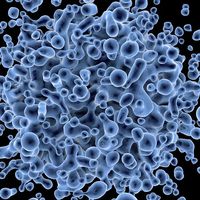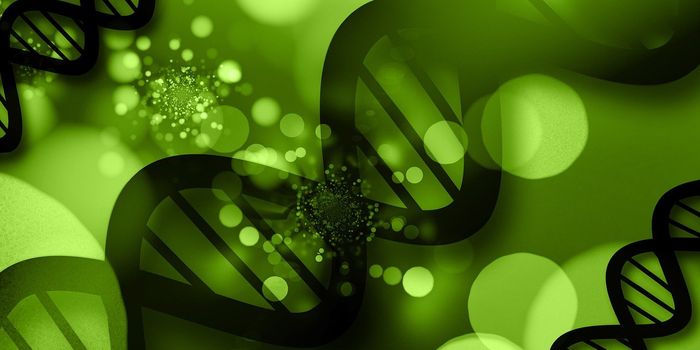Scientists Map How Cells Display Antigens
To allow the body to engage with foreign invaders, the immune cells recognize proteins which activate an immune response. These proteins are known as ‘antigens’ and are presented to immune cells that lyse or kill infected cells. The innate immune system first attacks the foreign invader through many signals that alert the body. The adaptive immune system, which is activated through antigen recognition, brings in T cells that lyse any remaining infected cells. Interestingly, T cells recognize antigens on immune cells known as, ‘antigen presenting’ cells. These antigen presenting cells take up peptides from the foreign invader and present them on a molecule known as the major histocompatibility complex (MHC) class I/II. Human leukocyte antigens (HLA) are an MHC transmembrane protein specific to humans. Humans only have three types of HLA (HLA-A, HLA-B, HLA-C) with various isoforms. This may limit recognition of disease proteins. However, scientists are investigating how to better understand this antigen presenting process.
A recent article in Science Advances describe how scientists have mapped HLA class II molecules, which allowed them to predict how antigens are presented on antigen presenting cells. The article authored by Dr. Morten Nielsen and others demonstrated that a protein can be presented in multiple ways to trigger an immune response. Nielsen is a professor at Technical University of Denmark Health Technology and has been studying HLA presentation his entire career. He has developed treatments focused on training the immune system to fight disease through antigen presentation. In fact, a lot of the progress made in cancer immunotherapy can be attributed to Dr. Nielsen and his team.
In collaboration with researchers at the University of Oklahoma, Leiden University, and a company named Pure MHC, the Nielsen group mapped the entire molecule, HLA class II. This has taken over 20 years of work due to (1) the heterogeneity between individuals and (2) the HLA molecule having two different components. (1) Individuals have different HLA that recognize different components or parts of the pathogen. This makes protein display an issue if certain immune systems can only recognize a specific part of a protein. Displaying specific protein fragments can increase our risk of autoimmune diseases and organ transplant rejection. Additionally, this can indicate how well a person responds to a vaccine or infection if they cannot properly recognize the peptide fragment. (2) Additionally, two parts of the HLA include alpha and beta. These parts have different genes labeled DR, DP, and DQ, which give rise to different isoforms. These different isoforms can also limit an immune response. Since there are so many different combinations in the HLA class II complex, a better understanding is needed for enhanced therapies.
In order to identify the genes that make up the different HLA class II isoforms, which affect our health, Nielsen and others used machine learning to analyze large-scale datasets about HLA class II molecules. This new technology allowed the Nielsen group to analyze 50,000 molecules in detail. This information has not only helped our understanding of the HLA complex, but also how peptides are presented.
Nielsen and others have recognized that understanding how to display peptides could help improve treatment for many different diseases. The work conducted provides information on the HLA class II molecule, which can better inform scientists on how to best target the immune system. Through a better understanding of the HLA molecule, enhanced therapies can be generated to improve patient longevity.
Article, Science Advances, Morten Nielsen, Technical University of Denmark Health Technology University of Oklahoma, Leiden University, Pure MHC








